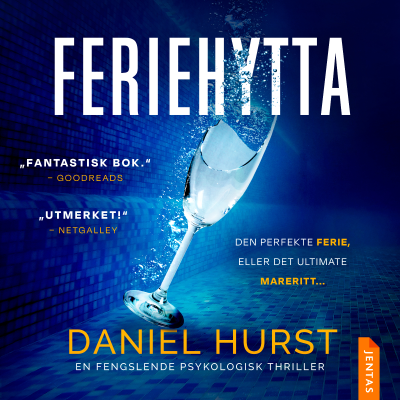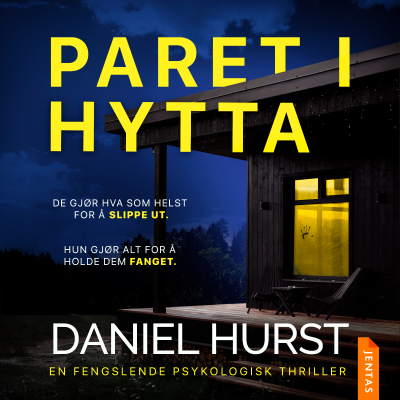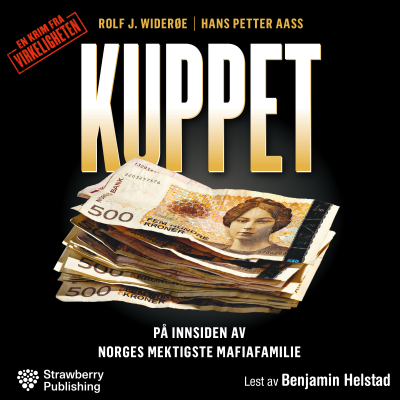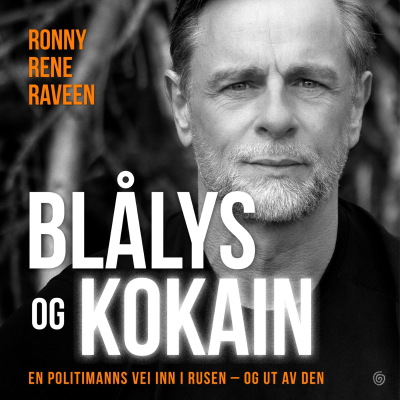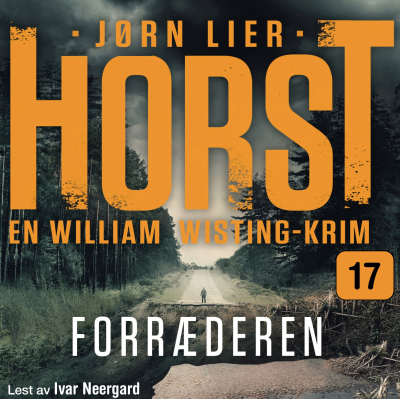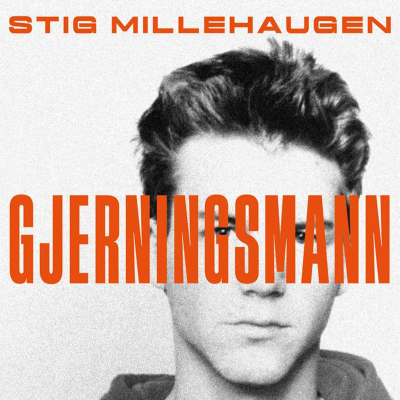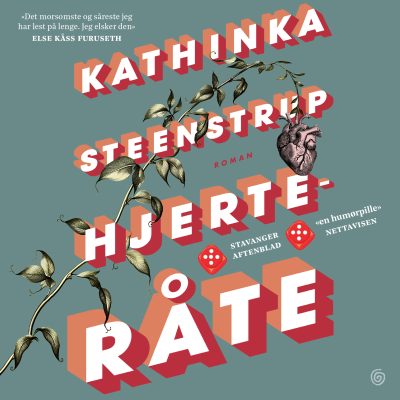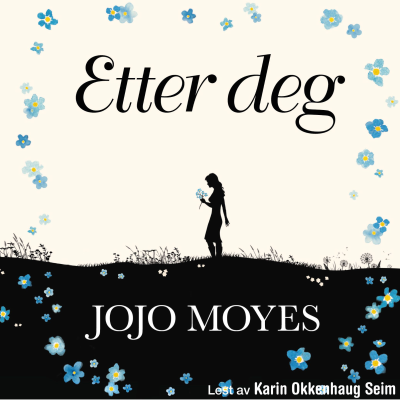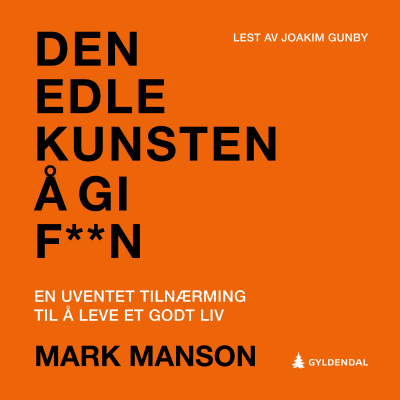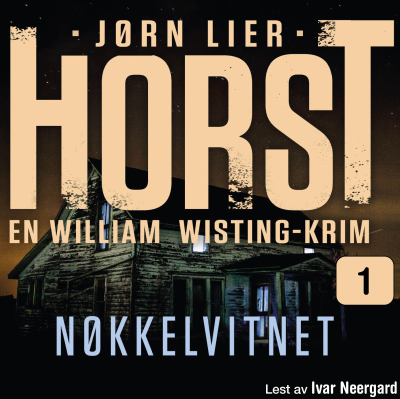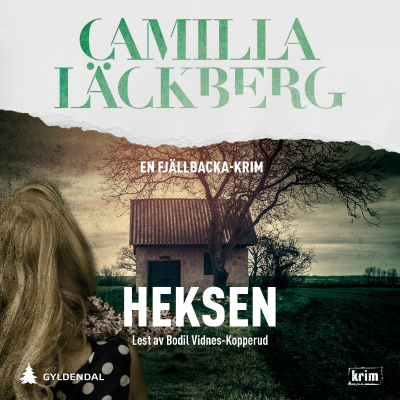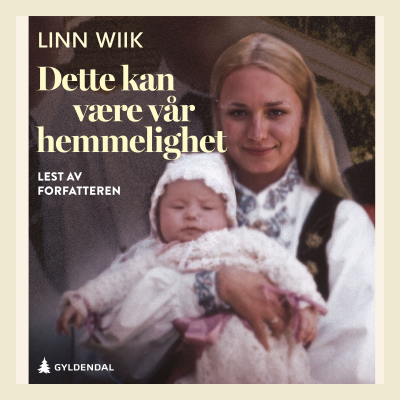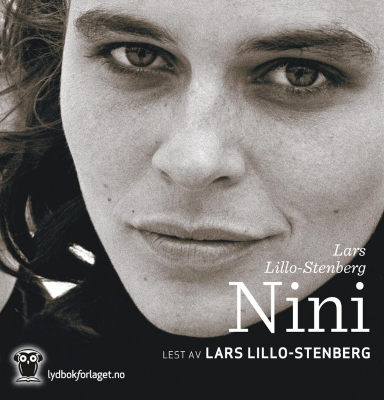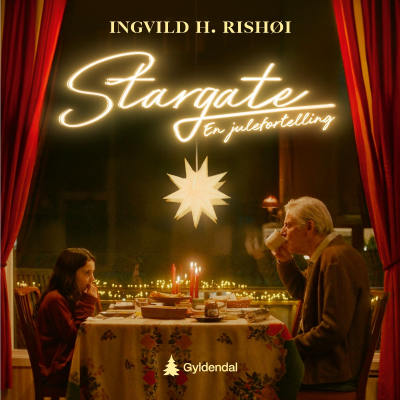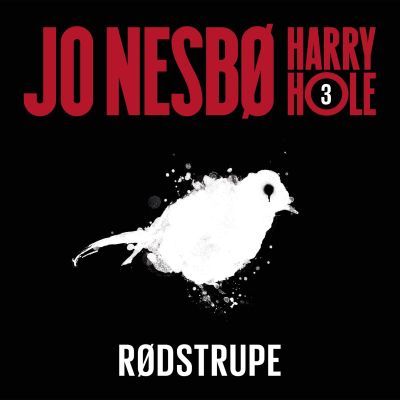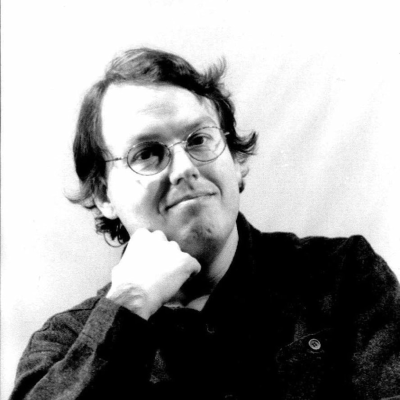
Peter Swinnen
engelsk
Kultur og fritid
Prøv gratis i 14 dager
99 kr / Måned etter prøveperioden.Avslutt når som helst.
- 20 timer lydbøker i måneden
- Eksklusive podkaster
- Gratis podkaster
Les mer Peter Swinnen
Peter Swinnen is a Brussels (Belgium) based composer of Contemporary Classical music. His œuvre consists of works for Orchestra, Ensemble, Chamber Music, Music Theatre, Film, Ballet and Electronics. He is currently professor of Composition and Orchestration at the Koninklijk Conservatorium Brussel.
Alle episoder
59 EpisoderRegalo, for PIano solo
André Laporte 90 ©2021 by Peter Swinnen (http://www.peterswinnen.be) Performed by Jan Michiels
Tombeau De Copernicus, for Cello solo
©2020 by Peter Swinnen (http://www.peterswinnen.be) Performed by Eugen-Bogdan Popa Tombeau de Couperin was born out of my interest in the Harmony of Spheres. Originally presented by the ancient Greek philosopher Pythagoras (6th century BC), who calculated that all planets and the sun move in resonant circles around the Earth, it has been refined by Copernicus (On the Revolutions of the Celestial Spheres 1453), Kepler (Harmonies of the World 1619) and Newton (Philosophiæ Naturalis Principe Mathematica 1687), who successively improved the calculations of the elliptical orbits of the planets around the sun. 1687 is also the publication date of Marin Marais' Tombeau de Lully, which gave rise to the basic idea of this piece: an imaginary journey, inspired by Viola da Gamba techniques, where the player's right arm movements are based on the elliptical orbits of planets around their suns, so that the notes represent the positions of the planets at different moments in time, leading us gradually through galaxies further and further away. Happy listening. Peter Swinnen
No clouds green, a silence - 5 Haikus for String Quartet
©2014 by Peter Swinnen Performed by Isasi Quartet 00:00 - A. Hashin No sky no earth - but still snowflakes fall 02:20 - B. Basho, Matsuo. (1644-1694) Clouds appear and bring to men a chance to rest from looking at the moon. 04:43 - C. Akutagawa, Ryunosuke. (1892-1927) Green frog, Is your body also freshly painted? 06:52 - D. Issa. (1762-1826) A giant firefly: that way, this way, that way, this - and it passes by. 08:40 - E. Michael R. Collings Silence - a strangled Telephone has forgotten That it should ring
Dorce 5, for Violin and Cello
©1999 by Peter Swinnen Performed by Eric Robberecht and Guy Danel Dorce is a series of 9 pieces, all using the same three parts, whereas the third part also exists in a transcription for a second Violin. In fact, you can play Dorce as a Solo piece, which gives you four different solo pieces (Dorce I for Violin Solo, Dorce II for Viola Solo, Dorce III for Violoncello Solo, Dorce IV for Violin Solo). You can also play Dorce as a Duett, which gives you four different Duetts (Dorce V for Violin and Violoncello, Dorce VI for Viola and Violoncello, Dorce VII for Violin and Viola, Dorce VIII for two Violins). And, last but not least, you can play Dorce as a classical String Trio (Dorce IX). Each of the three parts remains exactly the same for all nine versions, so that e.g. Dorce I and Dorce III played together gives you Dorce V. Just take into account the exact starting moment of the different parts ( in this specific case: the Violin should start 5 bars later than the Violoncello). Good luck Brussels, november 27, 1999 Peter Swinnen
Dorce 8, for 2 Violins
©1999 by Peter Swinnen Performed by Gilles Millet and Eric Robberecht Dorce is a series of 9 pieces, all using the same three parts, whereas the third part also exists in a transcription for a second Violin. In fact, you can play Dorce as a Solo piece, which gives you four different solo pieces (Dorce I for Violin Solo, Dorce II for Viola Solo, Dorce III for Violoncello Solo, Dorce IV for Violin Solo). You can also play Dorce as a Duett, which gives you four different Duetts (Dorce V for Violin and Violoncello, Dorce VI for Viola and Violoncello, Dorce VII for Violin and Viola, Dorce VIII for two Violins). And, last but not least, you can play Dorce as a classical String Trio (Dorce IX). Each of the three parts remains exactly the same for all nine versions, so that e.g. Dorce I and Dorce III played together gives you Dorce V. Just take into account the exact starting moment of the different parts ( in this specific case: the Violin should start 5 bars later than the Violoncello). Good luck Brussels, november 27, 1999 Peter Swinnen
Velg abonnementet ditt
Premium
20 timer lydbøker
Eksklusive podkaster
Gratis podkaster
Avslutt når som helst
Prøv gratis i 14 dager
Deretter 99 kr / month
Premium Plus
100 timer lydbøker
Eksklusive podkaster
Gratis podkaster
Avslutt når som helst
Prøv gratis i 14 dager
Deretter 169 kr / month
Prøv gratis i 14 dager. 99 kr / Måned etter prøveperioden. Avslutt når som helst.










